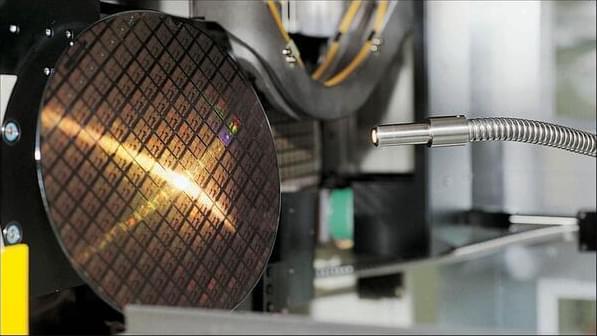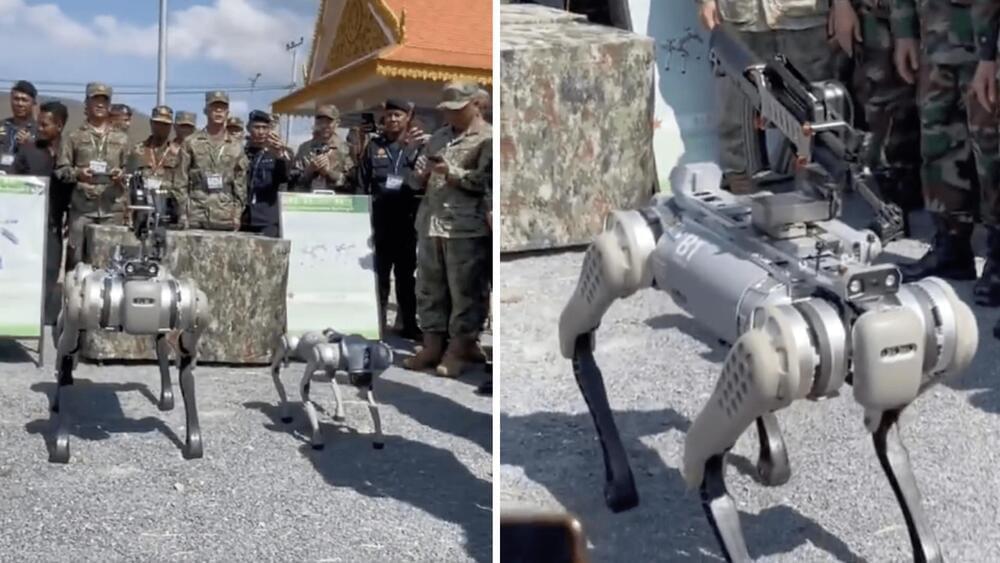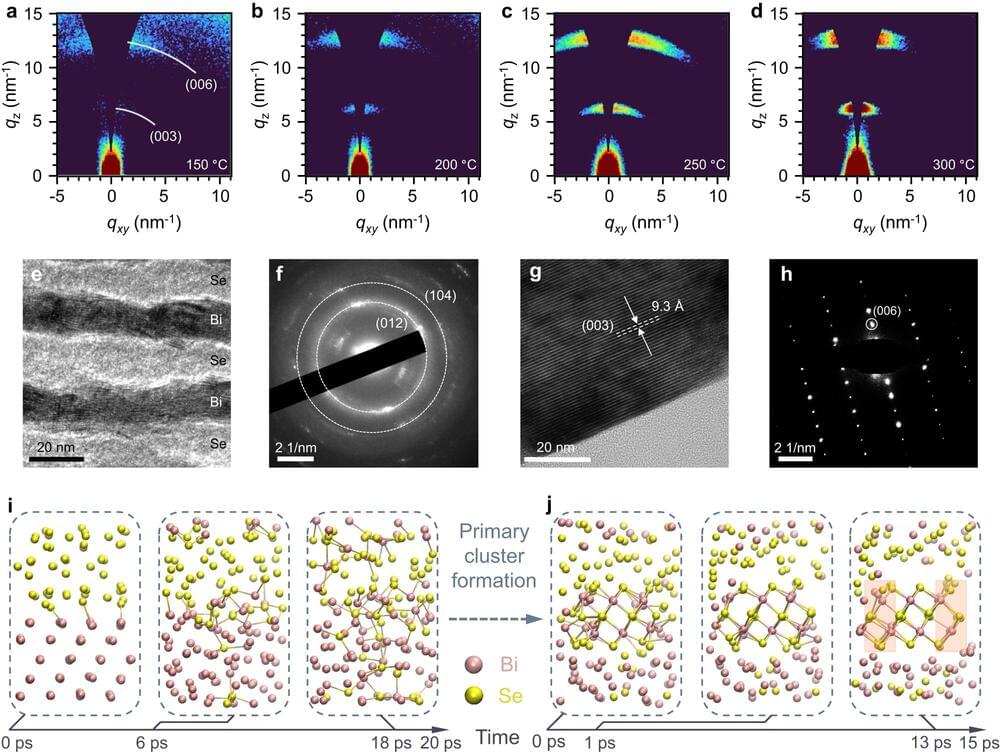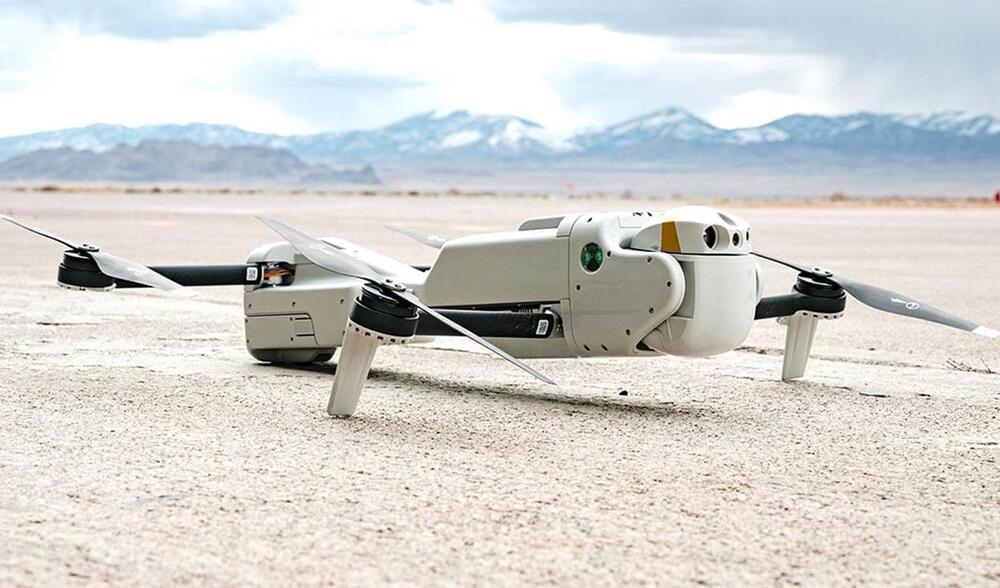So dl what you can…
WASHINGTON, May 22 (Reuters) — The House Foreign Affairs Committee on Wednesday voted overwhelmingly to advance a bill that would make it easier for the Biden administration to restrict the export of artificial intelligence systems, citing concerns China could exploit them to bolster its military capabilities.
The bill, sponsored by House Republicans Michael McCaul and John Molenaar and Democrats Raja Krishnamoorthi and Susan Wild, also would give the Commerce Department express authority to bar Americans from working with foreigners to develop AI systems that pose risks to U.S. national security.
Without this legislation “our top AI companies could inadvertently fuel China’s technological ascent, empowering their military and malign ambitions,” McCaul, who chairs the committee, warned on Wednesday.








